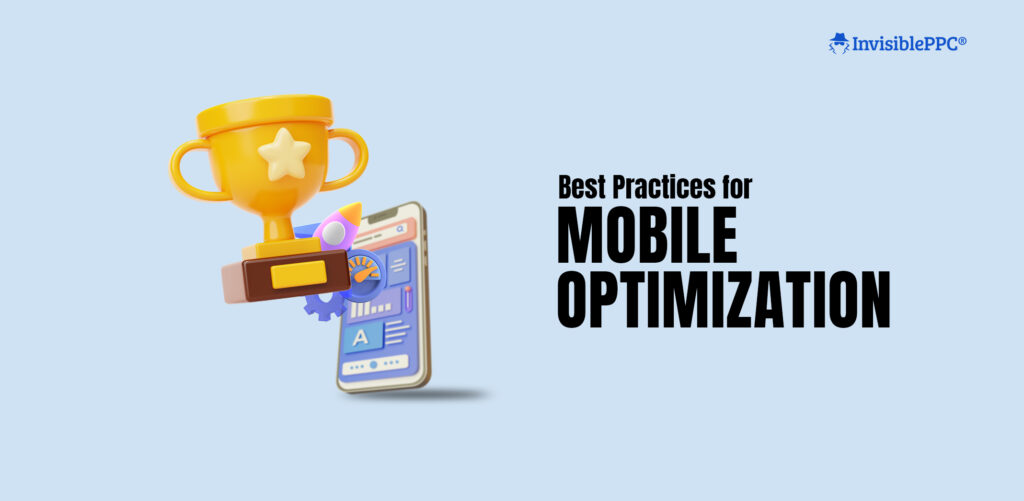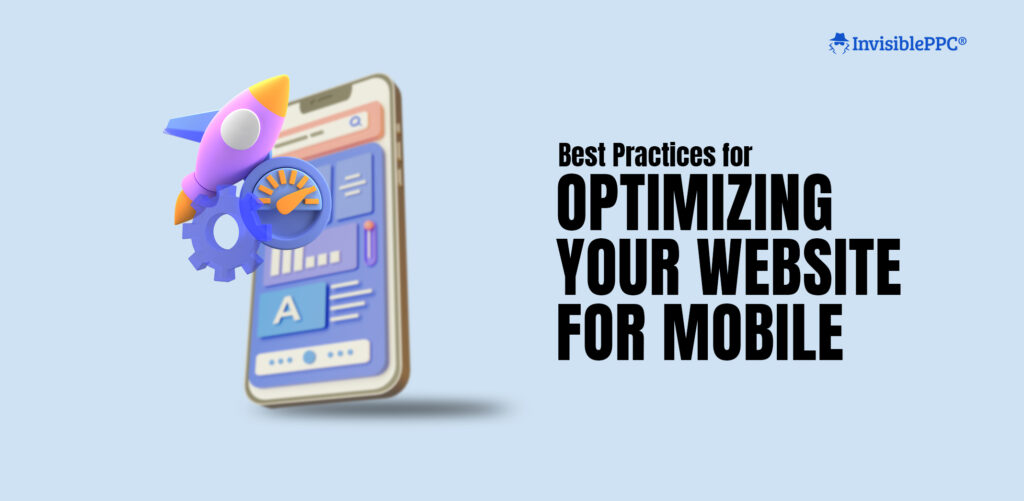Ever found yourself browsing the web on your phone, only to come across a site that’s a nightmare to navigate?
Frustrating, right?
Mobile devices have become essential to our daily lives, and more people than ever use their smartphones and tablets to search for products and services online.
As a local business owner, optimizing your website for mobile devices isn’t just a nice-to-have; it’s a necessity. If your site isn’t compatible for mobile users, you could be losing out on potential customers.
But don’t worry—we’ve got you covered!
In this blog post, we will share some practical tips to help you optimize your website for mobile devices, ensuring your visitors have a smooth and enjoyable experience.
Understanding Mobile Optimization
Mobile optimization makes sure that your website looks and functions well on mobile devices. It involves designing and formatting your site in a way that provides a great user experience on smaller screens. This includes easy navigation, fast loading times, and content that’s easy to read without excessive scrolling or zooming.
Why Mobile Optimization Matters
1. Improves User Experience: A mobile-optimized website makes sure that visitors can easily navigate and interact with your site on their mobile devices, reducing frustration and increasing the likelihood of conversions.
2. Increases Engagement: Mobile users are more likely to engage with a website that’s easy to use and provides a seamless experience. This can lead to higher conversion rates and customer loyalty.
3. Expands Reach: With more people accessing the internet through mobile devices, having a mobile-friendly site broadens your audience and potential customer base.
Best Practices for Mobile Optimization

Let’s look at some of the best practices for mobile optimization:
1. Go For Responsive Design
A responsive web design adjusts the layout and content based on the screen size and orientation of the device. This ensures that your website looks great on any device, from desktops to smartphones.
Why It Matters: A responsive design provides a consistent user experience across all devices, which is important for user satisfaction.
How to Implement: Use CSS media queries to apply different styles for different screen sizes. Many website builders and themes come with responsive design built-in.
2. Simple Navigation Is The Key
Mobile screens are smaller, so it’s necessary to make navigation easy and intuitive.
Use a Hamburger Menu: This menu style saves space and keeps your design clean. It typically consists of three horizontal lines that, when tapped, reveal the menu options.
Keep It Short: Limit the number of menu items to the essentials. This makes it easier for users to find what they’re looking for without feeling overwhelmed.
3. Page Speed Is A Must
Page speed is crucial for both user experience and SEO. Mobile users expect fast-loading pages, and Google considers page speed as a ranking factor.
Minimize HTTP Requests: Reduce the number of elements on your page to decrease load times.
Optimize Images: Compress images without sacrificing quality. Use responsive images that adjust size based on the device.
Use Browser Caching: Store static resources locally in the user’s browser to reduce load times for repeat visitors.
4. Design For Touch
When users visit your site on their mobile devices, they’re navigating with their fingers, not a mouse. This basic difference means your design needs to accommodate touch interactions seamlessly.
Button Size and Spacing: Make sure buttons are large enough to tap easily and spaced apart to prevent accidental clicks.
Avoid Hover Effects: Hover effects work well on desktops but can cause confusion on mobile devices where there is no mouse. Make sure all interactive elements are clearly tappable without relying on hover effects.
CTA Placement for Thumbs: Most users cradle their devices with one hand and use their thumb to navigate. Place your primary actions where the thumb can easily reach, typically in the middle to bottom of the screen, ensuring a smoother and more intuitive user experience.
5. Prioritize Your Message

On mobile devices, users prefer quick access to information. Prioritize your most important message and make it easily accessible.
Keep Text Concise: Use short paragraphs and bullet points to make content easy to scan.
Use Headings and Subheadings: Break up content with clear headings to guide users through your site.
Avoid Pop-Ups: Pop-ups can be particularly disruptive on mobile devices. If you really need to use them, make sure they’re easy to close.
6. Go Simple With The Forms
Forms can be difficult to work with on mobile devices, so make them as simple as possible.
Reduce Fields: Only ask for essential information. The fewer fields a user has to fill out, the better.
Use Autofill: Enable autofill options to speed up the process for users.
Consider Alternatives: Use drop-down menus, checkboxes, and radio buttons instead of requiring users to type information.
7. Test, Test, Test
Regularly testing your website on various devices ensures it remains mobile-friendly and provides a great user experience.
Use Google’s Mobile-Friendly Test Tool: This free tool helps you check if your site is mobile-friendly and identifies any issues.
Test on Real Devices: Emulators and simulators are useful, but nothing beats testing on real devices. Check your site on different phones and tablets to see how it performs.
Get User Feedback: Ask your customers for feedback on their mobile experience. This can provide valuable insights into areas that need improvement.
8. Keep Up With Trends
Mobile technology and user preferences are constantly changing. Stay updated with all the latest trends and best practices in mobile optimization.
Follow Industry Blogs: Keep an eye on blogs and websites that focus on mobile optimization.
Attend Webinars and Conferences: Participate in events that cover the latest developments in mobile technology and digital marketing.
Engage with Online Communities: Join forums and groups where professionals discuss mobile optimization strategies and share tips.
9. Join Hands With The Experts

Mobile optimization can be complex, and sometimes, it’s best to partner with experts who can ensure your site meets all the latest standards and best practices.
Work with Web Developers: Hire experienced developers who specialize in responsive design and mobile optimization.
Consult with SEO Specialists: SEO experts can help you optimize your site for both search engines and users.
Consider a Digital Marketing Agency: Agencies like InvisiblePPC can provide comprehensive services to enhance your online presence and ensure your site is fully optimized for mobile.
Optimizing your website for mobile devices is not an option anymore—it’s a necessity. But this necessity does demand expertise and experience specially for results that are effective and efficient.
At InvisiblePPC, we offer this expertise backed with 12+ years of experience. We specialize in helping local businesses polish their online presence, get more leads and drive better sales.
Let’s get on a call and start optimizing your mobile website.

